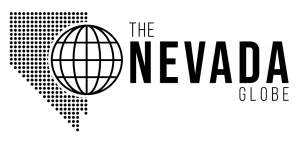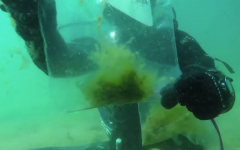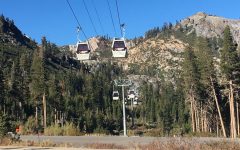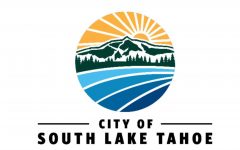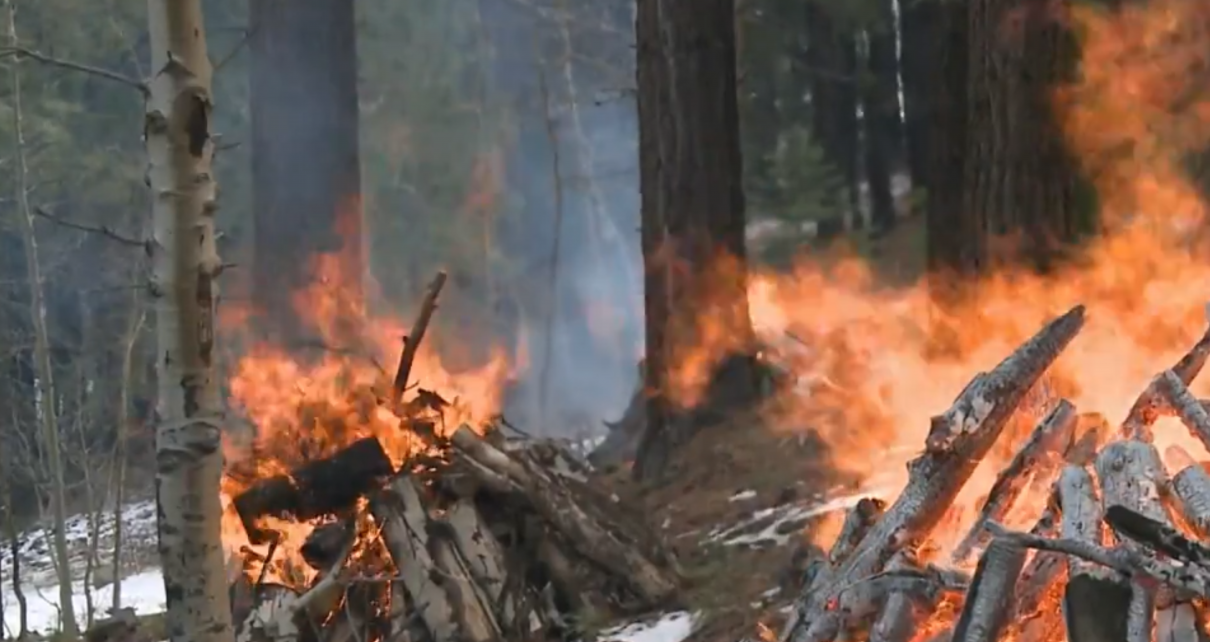
Prescribed Fire Operations Continue at Lake Tahoe
By TheNevadaGlobeStaff, January 23, 2023 12:19 pm
RENO, Nev. (775 Times, NV Globe) – As long as the weather and conditions permit, members of the Tahoe Fire & Fuels Team (TFFT) may carry out controlled fire operations in Lake Tahoe this week.
The USDA Forest Service may resume operations at Baldwin Beach while the Nevada Division of Forestry is set to burn hand heaps close to Incline Village.
There will be smoke.
Prescribed fires are a crucial ecological technique for forest management that land managers employ to safeguard communities by clearing out overgrowth (fuels) that may start uninvited wildland fires.
By clearing space for new growth, which offers food for wildlife, recycles nutrients back into the soil, and helps stop the spread of insects and disease in forests, burning excess vegetation also improves the health of the forest.
The milder temperatures and precipitation that fall and winter normally bring make planned fires possible.
Each operation adheres to a unique burn plan that takes into account the parameters for temperature, humidity, wind, vegetation wetness, and smoke dispersion. When and where to burn are decided using all of this information.
To return low-intensity fire into forests, prescribed fire managers employ a variety of techniques, including as pile, broadcast, and understory burning. Burning heaps of slash that were created by hand or with the use of machinery is known as pile burning. Under specified climatic circumstances and with the fire contained to a predetermined region, broadcast and understory burning employ low-intensity fire over the ground to clear fuels.
Prescribed fires are intended to replicate naturally occurring fire, which is a vital component of several ecosystems and creates fire behavior and fire characteristics necessary to achieve resource management goals.
The TFFT actively promotes the use of controlled burning where necessary and collaborates closely with air quality districts to minimize the negative effects of smoke on the general population.
Prescribed fire operations typically produce smoke, which may linger for many days following an ignition, depending on the scope, environmental factors, and weather.
Smoke from controlled burns often has a lower intensity and lasts for a much less time than smoke from unintentional wildfires.
“If prescribed fire smoke were equivalent to lighting a match, then wildfire smoke would be like lighting a bonfire,” said Washoe County Air Quality Specialist, Brendan Schneider.
Before starting a prescribed fire, agencies work with local and state air quality agencies to monitor the weather for ideal conditions that can disperse smoke. They also conduct test burns before lighting larger areas to see how well the vegetation is consumed as well as how the smoke rises and disperses before moving forward. Finally, they post signs on roads in the vicinity of prescribed fire operations, send emails to the prescribed fire notification list, and update the local official fire information database.
The TFFT offers as much warning as possible before burning, but due to the limited window of opportunity for conducting these initiatives, some operations may be carried out on short notice.
Visit AirNow to find the air quality right now. Visit Tahoe Living With Fire to view the project location and detailed map.
Credits: 2 NEWS
Copyright 2023 775 Times, NV Globe. All rights reserved.
- Heavy Rains Trigger Flood Alerts Across Las Vegas Valley - July 18, 2025
- Las Vegas Police Officer Suspended Following Arrest by State Authorities - July 18, 2025
- Woman Fatally Struck by Box Truck in Northeast Las Vegas - July 18, 2025
